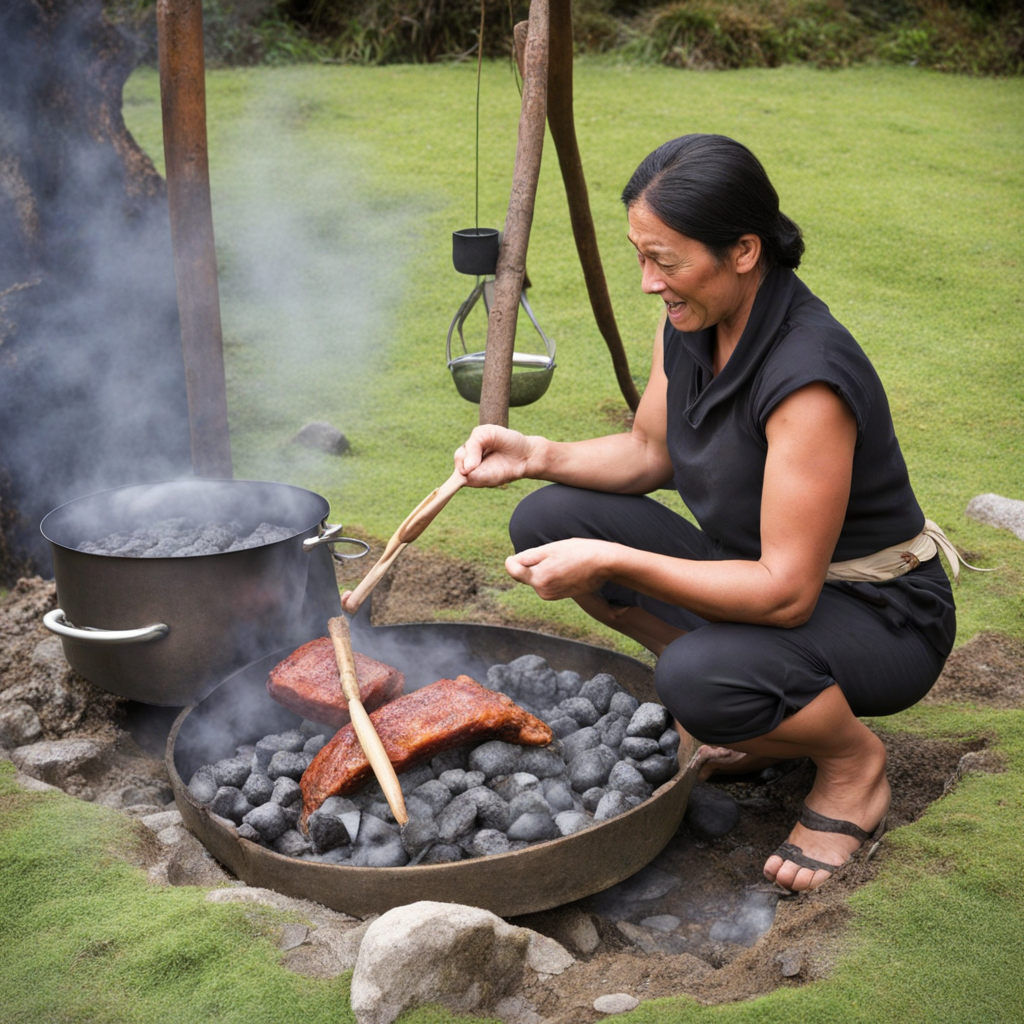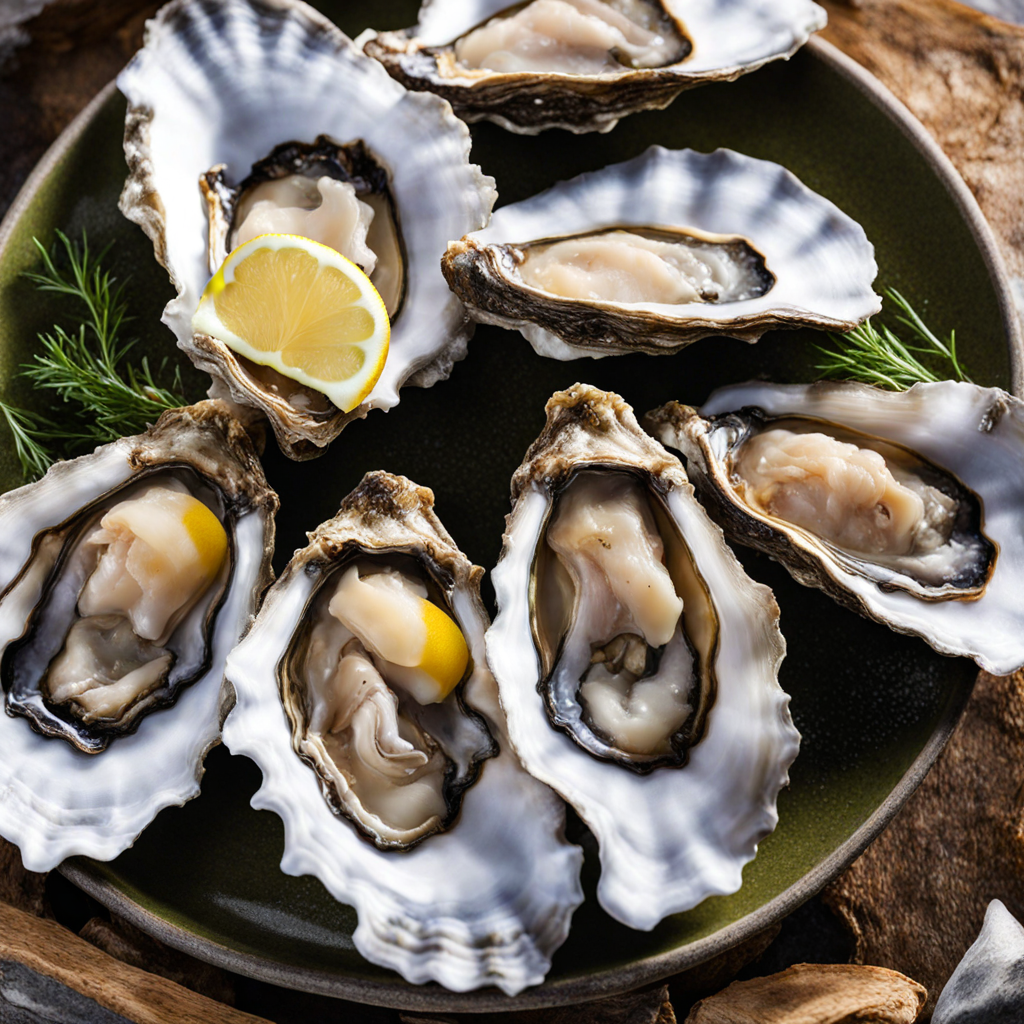Feijoa
Feijoa, also known as pineapple guava or guavasteen, is a unique fruit native to South America but has become particularly popular in New Zealand, where it thrives in the temperate climate. The fruit belongs to the Myrtaceae family and is scientifically known as Feijoa sellowiana. Feijoas were first discovered in the late 19th century, and their cultivation began to spread to other regions, including New Zealand, where they were introduced in the early 20th century. Since then, they have become a staple and a beloved fruit in Kiwi cuisine. The flavor of feijoa is remarkably distinctive and complex. When ripe, the fruit has a sweet and aromatic taste reminiscent of a mix between pineapple, apple, and mint, with subtle floral undertones. The flesh is juicy, with a slightly grainy texture akin to that of a pear. The skin is green to yellow-green, and when cut open, it reveals a translucent, jelly-like pulp filled with small seeds. The balance of sweetness and tartness makes feijoas a versatile ingredient in both sweet and savory dishes, appealing to a wide range of palates. Preparation of feijoa can be quite simple, as the fruit is typically eaten raw. To enjoy them fresh, one can slice the fruit in half and scoop out the flesh with a spoon. However, feijoas can also be used in various culinary applications. They are often made into jams, jellies, and chut
How It Became This Dish
The History of Feijoa: A Flavorful Journey from South America to New Zealand #### Origins and Early Cultivation Feijoa, also known as pineapple guava or guavasteen, is a fruit that originates from the cool mountainous regions of Southern Brazil, parts of Colombia, Uruguay, and Argentina. Scientifically named *Acca sellowiana*, the feijoa belongs to the Myrtaceae family, which also includes guava and eucalyptus. The fruit was first cultivated by indigenous peoples in these regions, who recognized its sweet, aromatic flavor and nutrient-rich flesh. The feijoa plant itself is a hardy evergreen shrub that can grow up to 10 feet tall, with dark green leaves and showy flowers that bloom in vibrant colors. The flowers are not only beautiful but also attract pollinators, ensuring the plant’s reproductive success. The fruit is typically harvested in late autumn, characterized by its green exterior, white flesh, and a taste often described as a blend of pineapple, apple, and mint—a tantalizing combination that has captivated palates around the world. #### Introduction to New Zealand Feijoa made its way to New Zealand in the early 20th century, around the 1920s, when it was introduced as an ornamental plant. Its adaptability to the New Zealand climate—particularly in the warmer northern parts of the North Island—quickly established it as a favorable addition to local gardens. The plant thrived in the fertile soils and mild weather, leading to its cultivation beyond ornamental purposes. By the 1960s, feijoa had gained popularity among New Zealand farmers and home gardeners alike. The fruit’s unique flavor profile, combined with its relatively easy maintenance, made it an attractive option for commercial production. New Zealand’s horticulturists began to experiment with different growing techniques and varieties, resulting in the development of cultivars that are well-suited to the local climate. #### Cultural Significance In New Zealand, feijoa holds a special place not only in agriculture but also in the cultural fabric of the nation. The fruit has become emblematic of New Zealand’s diverse horticultural landscape and is celebrated for its unique flavor. It is often featured in local cuisine, incorporated into desserts, jams, and beverages, and enjoyed fresh. The feijoa harvest season, typically from March to June, has become a time of community celebration. Many towns across New Zealand host feijoa festivals, where locals gather to celebrate the fruit with tastings, cooking demonstrations, and artisan markets. These events not only promote local agriculture but also reinforce community bonds, showcasing the pride that Kiwis take in their homegrown produce. Additionally, feijoa has made its way into the realm of New Zealand literature and art, often symbolizing the connection between the land and its people. The fruit represents the melding of indigenous roots with immigrant influences, as it is both a native South American plant and a staple of New Zealand gardens. This dual heritage reflects the broader narrative of New Zealand’s cultural identity, characterized by a blend of Māori and European influences. #### Culinary Applications and Popularity As feijoa's popularity surged, chefs and home cooks began exploring its culinary potential. The fruit can be eaten raw, cut in half and scooped out, or added to salads, smoothies, and desserts. Its distinct flavor lends itself well to both sweet and savory dishes; feijoa chutneys and salsas have become staples in many kitchens, often paired with meats or cheese. The fruit's versatility extends to baking as well. Feijoa cakes, muffins, and crumbles have become beloved items in cafés and homes across the nation. In recent years, the fruit's appeal has transcended national borders, gaining attention in international markets and culinary circles. Chefs in Australia and other parts of the world have started to incorporate feijoa into their menus, showcasing its unique taste and nutritional benefits. The rise of feijoa in New Zealand's food scene has also spurred a burgeoning industry focused on value-added products. Entrepreneurs have embraced the fruit's potential, developing feijoa juices, wines, and even ice creams. This trend reflects a growing interest in local and sustainable food sources, as consumers increasingly seek out unique and regionally produced ingredients. #### Global Recognition and Future Prospects As global interest in unique fruits and flavors grows, feijoa has begun to garner international attention. Its health benefits—rich in vitamin C, dietary fiber, and antioxidants—make it an attractive option for health-conscious consumers. The fruit's potential for export has not gone unnoticed, with New Zealand producers looking to tap into lucrative overseas markets, particularly in Asia and North America. Furthermore, as climate change impacts agriculture worldwide, feijoa's hardiness and adaptability may position it well for future cultivation in new regions. Researchers and horticulturists are exploring ways to enhance its resilience, ensuring that this exotic fruit can thrive in a changing environment. The future of feijoa is bright, with an emphasis on sustainability and local food systems. New Zealand's commitment to preserving its unique horticultural heritage ensures that feijoa will continue to be an integral part of its agricultural landscape and cultural identity. #### Conclusion Feijoa's journey from the lush landscapes of South America to the gardens of New Zealand is a fascinating tale of adaptation, cultural exchange, and culinary innovation. Its significance extends beyond mere flavor; it embodies the spirit of community, sustainability, and a connection to the land. As feijoa continues to grow in popularity, it serves as a reminder of the rich tapestry of food history, linking diverse cultures through the universal love of good food. Whether enjoyed fresh, baked, or bottled, feijoa is a delicious testament to the stories that fruits can tell.
You may like
Discover local flavors from New Zealand







